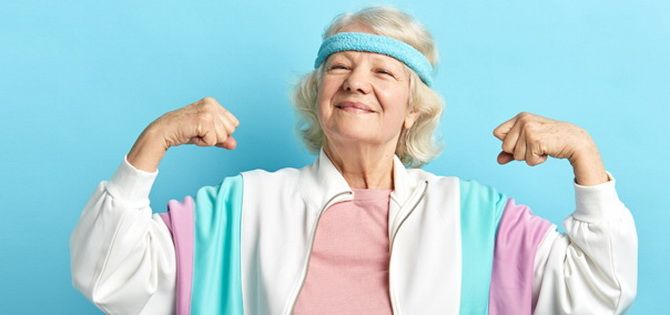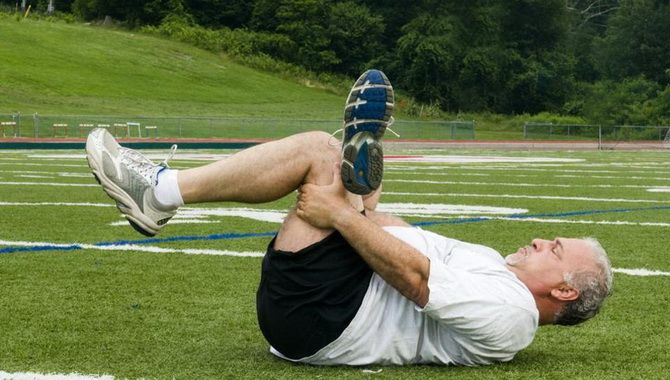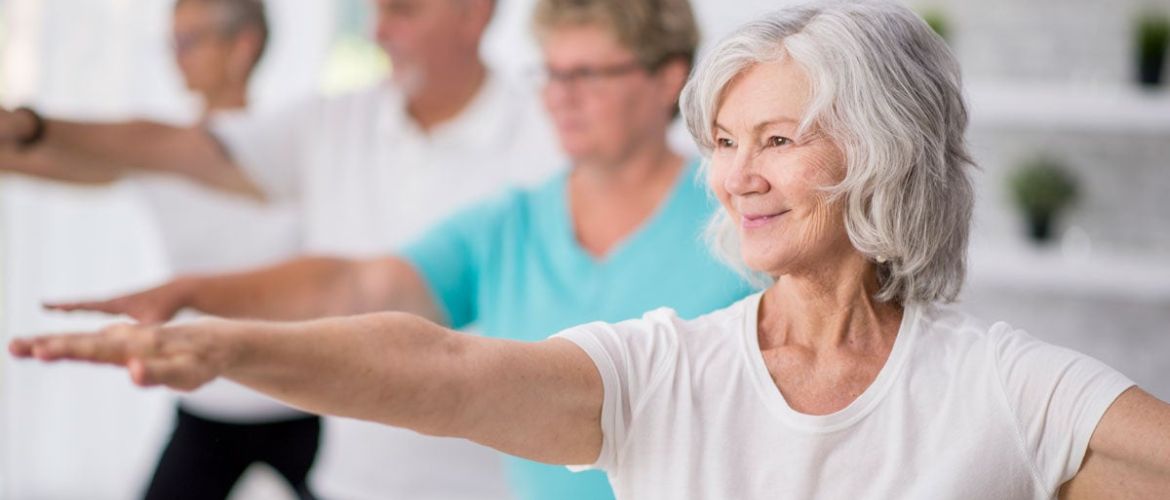Healthy habits have no age limits. Older people, contrary to stereotypes, are strongly encouraged to exercise regularly. Lack of movement or infrequent exercise can increase the risk of various health problems in older people, such as joint and muscle pain, high blood pressure, dementia, and diabetes. During exercise, endorphins are released in the body, which improve mood and make the body and mind more relaxed. This hormone can reduce pain and provide positive energy. Find out on Joy-pup the benefits of exercising in old age and what activities you can do.
Benefits of sports in old age
In addition to making themselves happy, seniors who exercise regularly can also reap great health benefits.

- Strengthening muscles and joints.
- Promoting blood circulation.
- Helps control existing comorbidities such as heart disease, diabetes, hyperlipidemia, hypertension.
- Slows down the severity of geriatric syndromes.
- Supports brain health and function by reducing the risk of brain diseases such as dementia.
- Reduces stress and the risk of mental disorders.
- Helps prevent obesity.
Seniors are advised to exercise regularly for at least 150 minutes a week or 30 minutes every day. However, some factors must be taken into account.
- Check with your doctor about your health condition before deciding to start exercising.
- Older people should start exercising gradually, with light exercises.
- Always warm up before your workout and cool down after. Although simple, these two things can help prepare the body for exercise and rest, and reduce the risk of injury during exercise.
- Perform the exercise slowly, fully aware of your capabilities and stopping when you feel tired. No need to strain too much, and fatigue is normal.
- Learn proper sports technique to avoid sports injuries
Risk of sports injury in the elderly

As we age, changes occur in muscles, bones, and joints. Decreased bone density increases the risk of bone damage. In old age, the process of cell renewal may not be as fast as in youth. The following are some sports injuries that often occur in older people.
Fracture. A decrease in bone density increases the risk of fractures in old age. Especially if you play high-impact sports or have been injured in the past.
Back pain. This injury can be caused by lifting too heavy objects or incorrect body position during exercise. The presence of a degenerative process in the spinal cord and pinched nerves also increase the risk of this disorder.
Knee injury. Older people who are overweight have a higher risk of knee injuries, namely ruptures of the ligaments and menisci that keep the knee stable. This injury is especially common when going up and down stairs too often, landing in the wrong position after a jump, turning too fast, or when suddenly exerting both feet touching the ground.
Sports for the elderly
Sports that older people can play include many types.

Walking
This activity can increase stamina, burn excess calories and strengthen the heart. The distance should not be too long and the duration should not be too long. Walk at a normal pace regularly for 30 minutes a day.
Bike
This type of cardio is also capable of supporting heart health. Remember to adjust your bike saddle and handlebars to suit your body to minimize injury.
Dancing
Performing dance moves to music or songs is definitely a lot of fun. Dancing also maintains physical fitness and balance.
Swimming
It is a low-injury sport with various benefits that older people can experience. Regular swimming can help strengthen muscles and joints, make the body more relaxed, improve sleep quality, and help overcome arthritis (osteoarthritis), pinched nerves, or lower back pain. Swimming improves blood flow and is good for heart, brain, and lung health.
Pilates
This exercise helps you practice breathing by engaging the smaller and deeper muscles in your body. Pilates supports joints by balancing strength, mobility and flexibility. It may help increase bone density and reduce the risk of osteoporosis in postmenopausal women, as well as help improve posture in the elderly.
Yoga
Yoga is a type of exercise aimed at training the concentration of the mind and breath. Yoga is good not only for the physical but also for the mental health of the elderly, as it can reduce the risk of stress or even depression.
Tai chi
At first glance, tai chi movements are almost the same as regular gymnastics, only their rhythm is slower. This sport is suitable for improving the flexibility, balance and strength of the body.







Only registered users can leave comments